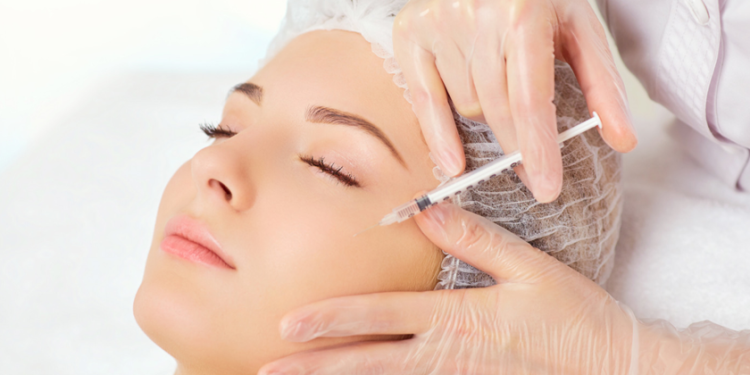Botox (Botulinum Toxin) is a substance that has many medical and cosmetic uses. It was originally developed in the 1970s by scientists searching for a cure to muscular dystrophy, but it soon became clear that this drug had far more potential than just curing one disease.
How does Botox Work?
Botox is a neurotoxin, which means that it blocks nerve impulses. It works by paralyzing the muscles that it is injected into, which in turn reduces the appearance of wrinkles.
Botox has been approved by the FDA for several treatments including:
Strabismus and blepharospasm (1989) – Strabismus is a condition where the eyes are not properly aligned with each other. This can cause problems with vision, and in some
Cervical dystonia (2000) – Cervical dystonia is defined as a neurological disorder that affects the muscles of the neck. It is characterized by involuntary spasms and
Glabellar lines (2002) – Glabellar lines are wrinkles that form between the eyebrows. They are often referred to as “frown lines.”
Axillary hyperhidrosis (excessive sweating) (2004) – Axillary hyperhidrosis is a condition characterized by excessive sweating in the armpits. It can be quite bothersome and even embarrassing.
Chronic migraines (2010) – Chronic migraines are defined as migraines that occur on at least 15 days per month for more than 3 months.
Upper Lip Spasticity (2010) – A condition where the muscles on one side of the lip are constantly contracted.
Urinary incontinence (2011) – Urinary incontinence is the involuntary leakage of urine. It can be caused by a variety of factors, including weak bladder muscles, nerve
Crow’s feet (lateral canthal lines) (2013) – Lateral canthal lines, also known as Crow’s feet, are wrinkles that form on the outside of the eyes.
The cosmetic uses of Botox are by far the most popular, and it is estimated that over six million people receive injections every year. The effects of Botox are usually temporary, but they can last for months or even years. It is a safe and relatively painless procedure, and most people report feeling very happy with the results.
How Long Does a Botox Treatment Take?
A typical Botox treatment takes less than 30 minutes. The actual injection process only takes a few minutes, and the results are usually visible within a week. There is no recovery time required, and you can return to your normal activities immediately after the procedure.
How do I Prepare for a Botox Treatment?
There is no special preparation required for a Botox treatment. However, you should avoid taking any pain medication or blood thinners before the procedure. You should also avoid drinking alcohol or caffeine for 24 hours before the treatment.
What are the Risks of Botox?
There is a small risk of infection. In very rare cases, patients have reported that their muscles became weak or that they had difficulty swallowing or breathing after receiving Botox injections.
What are the Side Effects of Botox?
The most common side effects of Botox are bruising, swelling, and redness at the injection site. There is also a small risk of infection.
There are also some cosmetic side effects that can occur, such as drooping eyelids or eyebrows, and crooked smiles. These side effects are usually temporary and will resolve on their own.
What are alternatives to Botox?
If you are not interested in receiving Botox injections, there are several alternatives that can provide similar results. These include dermal fillers, laser skin resurfacing, and microdermabrasion. Each of these procedures can help to improve the appearance of wrinkles and fine lines.
Dermal fillers are a type of injectable that can be used to plump up the skin and reduce the appearance of wrinkles.
Laser skin resurfacing uses a laser to remove the outer layer of skin, revealing the newer, more youthful skin underneath.
Microdermabrasion is a type of exfoliation that can help to improve the texture and appearance of the skin.
What can Botox Not Do?
Botox is not a miracle drug. It cannot cure diseases or disorders like muscular dystrophy. It also does not work on all wrinkles. It is most effective on dynamic wrinkles, which are caused by muscle contractions. These include crow’s feet, forehead lines, and frown lines. It can also be used to treat static wrinkles, which are present even when the muscles are at rest. These include lines around the mouth and nose.
Conclusion
So, if you’re looking to improve your appearance or just want to try something new, Botox might be the right choice for you. Just remember to consult with a doctor or cosmetologist beforehand to make sure it is the right decision for your specific needs.


